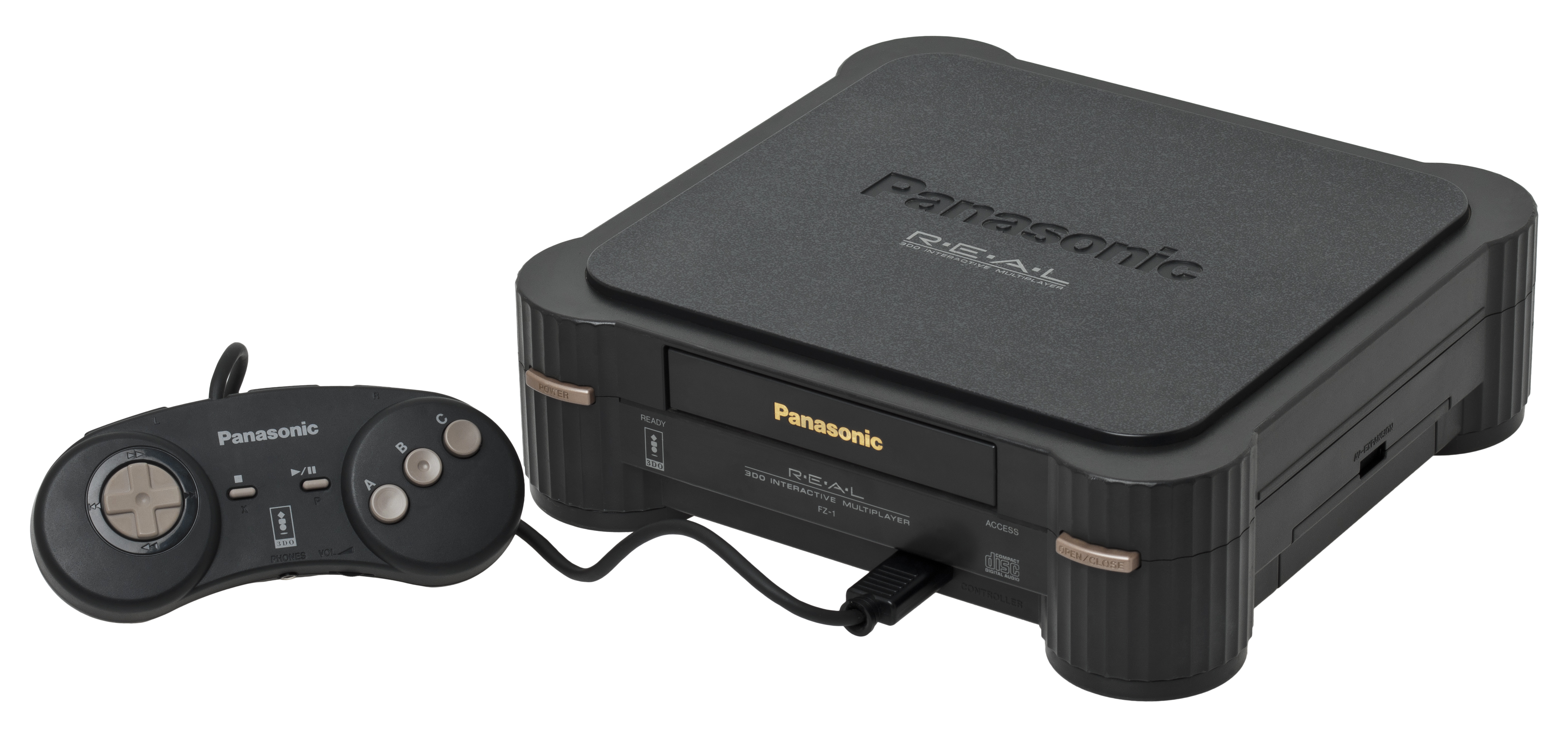|
Riverhillsoft
was a Japanese video game manufacturer in operation from 1982 to 2004. The studio focused in the 1980s developing games for Japanese home computers, in the 1990s shifted to console game development, and in the 2000s to mobile games. They also published Western games in the Japanese market. History The company was initially known for the successful '' J.B. Harold Murder Club'' series of murder mystery adventure games, developed from 1986 onwards. They were initially released as computer games and later ported to the PC Engine CD console, Nintendo Family Computer, Nintendo DS handheld, and iOS mobile. Riverhillsoft also published ''Prince of Persia'' in Japan. Their ports to the Japanese NEC PC-9801 and PC Engine CD platforms featured improved graphics (introducing the Prince's classic "turban and vest" appearance) and a new Red Book audio soundtrack. They also ported it to other computers and video game consoles, helping the game become a worldwide success. Riverhillsoft w ... [...More Info...] [...Related Items...] OR: [Wikipedia] [Google] [Baidu] |
Doctor Hauzer
is a 1994 survival horror-adventure video game developed by Riverhillsoft and published in Japan by Panasonic for the 3DO Interactive Multiplayer. The player takes on the role of Adams Adler, a newspaper reporter investigating a mansion for clues to the whereabouts of the eponymous Hauzer, a famed archeologist who has mysteriously disappeared. The game tasks the player with navigating the large mansion by collecting useful items, solving various puzzles, and avoiding deadly traps. ''Doctor Hauzer'' has stark graphical and gameplay similarities with early titles in the Infogrames survival horror series '' Alone in the Dark'', which feature 3D polygonal characters and objects set against fixed, pre-rendered backgrounds. However, ''Doctor Hauzer'' is the first of this genre to include fully 3D environments that the player can explore while freely swapping between third-person, first-person, and top-down perspectives. These characteristics were carried over into Riverhillsoft's nex ... [...More Info...] [...Related Items...] OR: [Wikipedia] [Google] [Baidu] |
Prince Of Persia (1989 Video Game)
''Prince of Persia'' is a cinematic platform game developed and published by Broderbund for the Apple II in 1989. It was designed and implemented by Jordan Mechner. Taking place in medieval Persia, players control an unnamed protagonist who must venture through a series of dungeons to defeat the evil Grand Vizier Jaffar and save an imprisoned princess. Much like ''Karateka'', Mechner's first video game, ''Prince of Persia'' used rotoscoping for its fluid and realistic animation. For this process, Mechner used as reference for the characters' movements videos of his brother doing acrobatic stunts in white clothes, and swashbuckler films such as ''The Adventures of Robin Hood''. The game was critically acclaimed but was not an immediate commercial success, as it was released at the tail end of the Apple II's relevance. It sold many copies as it was ported to a wide range of platforms. It is believed to have been the first cinematic platformer and inspired many games in this ... [...More Info...] [...Related Items...] OR: [Wikipedia] [Google] [Baidu] |
Murder Club
''J.B. Harold Murder Club'', known as ''J.B. Harold no Jikenbo #1: Murder Club'' in Japan, is a 1986 murder mystery adventure game, developed by Riverhillsoft and released for the NEC PC-98, MSX, MS-DOS, NEC TurboGrafx-CD (TurboDuo) and Nintendo DS platforms. The TurboGrafx-CD version featured still photographs, text and audio voices as well as the option to select the language, English or Japanese. It was the first entry in the ''J.B. Harold'' series, which have been released on various platforms and sold 20 million copies as of 2011. Story and gameplay A horrible murder has taken place in the sleepy little town of Liberty. Bill Robbins, a wealthy man known for his wild womanizing ways is the victim and, list of possible suspects keeps growing. As J.B. Harold the player must figure out the who, what, where and why of the case. To solve the mystery it will be necessary to travel to various locations, interview people and search for clues.''Video Games and Computer Entertai ... [...More Info...] [...Related Items...] OR: [Wikipedia] [Google] [Baidu] |
Survival Horror
Survival horror is a Video game genre, subgenre of Survival game, survival of the players as the game tries to frighten them with either horror graphics or scary ambience. Although combat can be part of the gameplay, the player is made to feel less in control than in typical action games through limited ammunition or weapons, health, speed and vision, or through various obstructions of the player's interaction with the game mechanics. The player is also challenged to find items that unlock the path to new areas and solve puzzles to proceed in the game. Games make use of strong horror themes, like dark mazelike environments and Jump scare, unexpected attacks from enemies. The term "survival horror" was first used for the original Japanese release of ''Resident Evil (1996 video game), Resident Evil'' in 1996, which was influenced by earlier games with a horror theme such as 1989's ''Sweet Home (video game), Sweet Home'' and 1992's ''Alone in the Dark (1992 video game), Alone in the ... [...More Info...] [...Related Items...] OR: [Wikipedia] [Google] [Baidu] |

